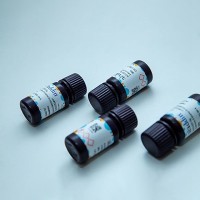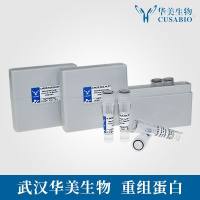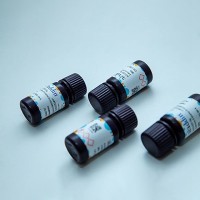Transcriptional Expression Analysis of T-Cell Activation by Multiplex Messenger Assay (MMA)
互联网
627
Gene indices with many thousands of entries have been constructed by tag sequencing of randomly selected cDNA clones ( 1 – 7 ) and are widely available in repositories, such as the dbEST database ( 16 ). As more and more genes are identified, efforts are redirected towards understanding the control of gene expression that occurs in a strictly ordered time and cell-dependent fashion. Expression measurements often constitute a first step in this direction, and can be performed on a reasonably large scale using highly parallel hybridization methods. Hybridization methods, using complex probes and large arrays of targets, derive their power from the fact that each individual experiment provides a very large amount of information. Unrivaled for large-scale measurement of gene expression, these methods are based on the hybridization of complex probes with high-density colony cDNA (or PCR product) filters followed by quantitative measurement of the amount of hybridized probe on each colony. There are three key elements indispensable for accomplishing this task: the robot (for spotting colonies), the phosphoimager (for analyzing exposure), and the image analysis software (Fig. 1 ).
Fig.1. Technical approach: ( Upper left ) A robot to produce filters from 96- or 384-well plates. ( Upper right ) a filter hybrized with a vector probe showing the spotting patterns. The square A1 contains the clones at the position A1 from the 16 plates (96 wells). Spots localized at the bottom left of each square correspond to the control clone A. thaliana cytochrome c554 except for six spots toward the middle of the filter which contain the poly A control clones. Filters are exposed on a phosphor screen. ( Lower right ) the imaging plate device which transforms the hybridization signature into image files. ( Lower left ) the Bioimage software which quantifies intensity signals and assignes plate coordinates to each clone. Data are then transferred to EXCEL for further analysis.









